This Summer, Ditch Flying and Travel Through Europe on a Sleeper Train
A practical account of how to get to different European cities by train

Interior of sleeper train / Freepik
Bloomberg
Air travel is not as appealing as it once was. Ticket prices have skyrocketed since the Covid-19 pandemic, airport worker strikes are prompting flight delays and cancellations and more people are concerned about the hefty carbon footprint of flying.
That left me feeling slightly smug last month as I set off from London St Pancras on a multiday trip to Paris, Milan and Venice, all by train. There was no need for a long journey to an out-of-town airport or hours to go through security or wait at the gate. Instead, I sat on wide, comfortable seats, sipping white wine and catching my breath in awe as the Alps loomed over the train.
I made the trip in leisure, stopping off in different cities along the way. The journey was part of the holiday.
Not everyone has such a luxury of time. But if you want to extend the benefits of train travel and make it work around your schedule, there is a solution: The sleeper train is experiencing a revival in Europe. Once a popular way to cross the continent, services by and large shut down after the advent of low-cost air travel in the early 2000s.
There might soon be even more reason to use sleeper trains as a raft of new rules tightens flying within Europe. Last month, new French legislation began banning short-haul domestic flights where a rail alternative exists. A similar approach in Austria prevails; a Covid rescue package stipulated that flag carrier Austrian Airlines must ditch routes that can be travelled by train in less than three hours. Similar restrictions are being discussed in other countries, including Spain. Train travel isn't just echoing the zeitgeist. It might become necessary.
Train companies are ready for the boom, and several new routes are opening up. Last month the European Sleeper between Brussels and Berlin ran its first service. Deluxe tickets, from €109 ($119) one-way per person, get you a sleeping compartment for up to three people with a separate sitting area and "luxury" breakfast. Also launched in the past year are routes connecting Prague with Zurich and Hamburg with Stockholm.
One caveat for Londoners, specifically: Post-Brexit passport checks have added significantly to processing time, leading Eurostar to put caps on passenger numbers.
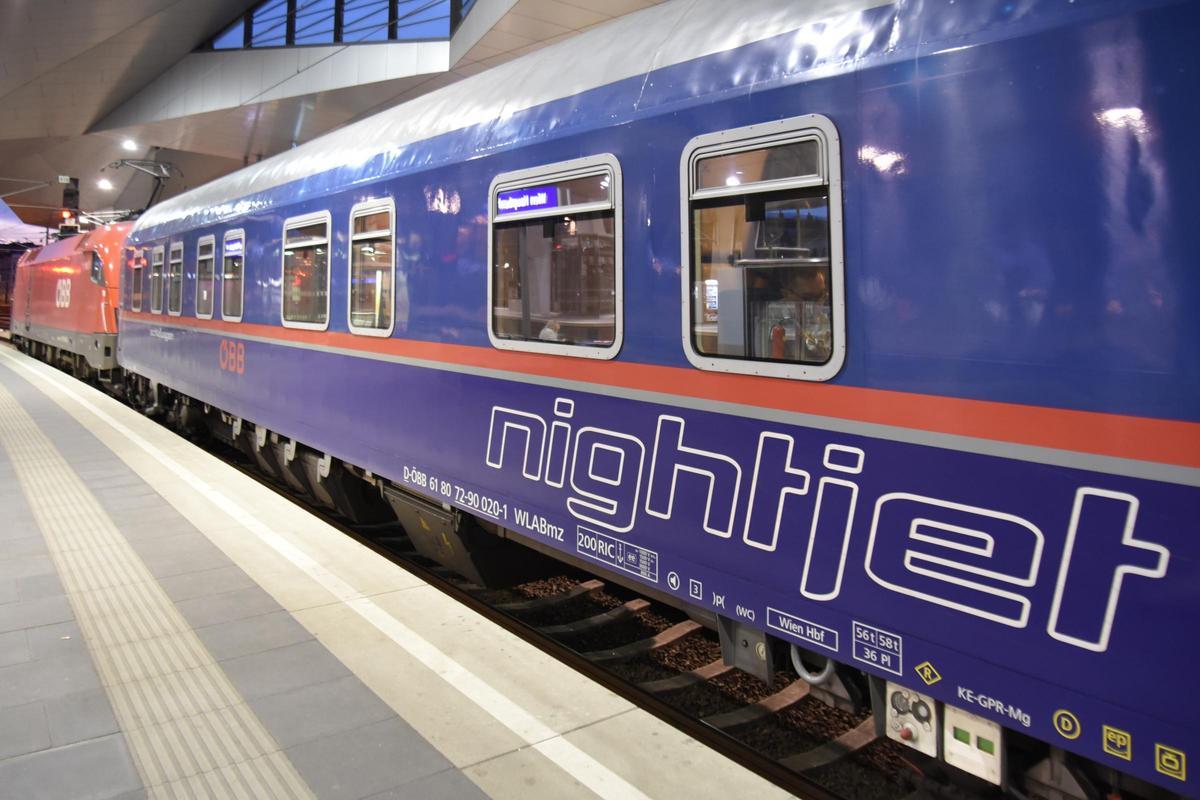
Nightjet is a brand name given by the Austrian Federal Railways (ÖBB) to its overnight passenger train services / CC0
Sleeper train 101
In general, accommodations on night trains come in three categories: seats, couchettes and sleepers. At the basic end, you can book a single seat and sit up through the night as you would on a flight. Far from comfortable, it's a thrifty option that costs €49 one-way for the Brussels to Berlin route.
In the middle are couchettes, cabins with four to six beds that are either wholly booked by a group or shared with strangers. Typically, they come with access to communal restrooms. They start from €79 on the Brussels to Berlin line.
At the top end are sleeper coaches. Individuals or couples can book an entire compartment (with a private ensuite bathroom), something described as "a mini hotel on the rail" by Mark Smith, who runs train travel website The Man in Seat Sixty-One.
Later this year, ÖBB, Austria's national railway, will introduce a fourth option—the mini cabin—when 33 new sleeper trains are delivered by Siemens. These pod-like structures are similar to the shared couchette spaces, but with walls around beds for greater privacy.
"It's close to a Japanese capsule hotel," says Kurt Bauer, head of long-distance passenger services and new rail business at ÖBB. "In the 1960s, when the couchette was invented, it wasn't a problem to sleep with five or six people in a compartment, but people aren't [as] willing to do that anymore."
The mini cabins could be the best of both worlds—cheaper than a full sleeper compartment while still allowing for privacy. (Prices have not yet been released.) Although small, they are comfortable, says Smith, who was invited to view the first new trains at the factory. "You'd think they'd be claustrophobic, but you can sit up in the them."
For true luxury, you can travel in a suite on the Belmond Venice Simplon-Orient-Express. Along with the large compartments, passengers have access to 24-hour butler service. It will cost you—a lot: from £9,970 ($12,683) per passenger, one way.
If you're tempted to try the night train, here are a few recommended destinations for this summer.
Budapest

Budapest, Hungary / DdG
How to get there by train Known for its famous thermal baths and art nouveau architecture, Budapest is accessible by Hungarian sleeper trains that run from Berlin, Zurich, Stuttgart, Munich and Bucharest. A sleeper train is also run by Romanian rail from Bucharest. Sleepers from Berlin, Zurich and Stuttgart from €69 one way. From Berlin, the journey takes 13 1/2 hours, giving you plenty of time to sleep.
Where to stay: You're spoiled for choice among grand Budapest hotels, but a stunner is the new, 130-room Matild Palace. The 1902 belle epoque building is now run by Marriott's Luxury Collection, which in a significant renovation added sumptuous fabrics and gilded accents—plus a Wolfgang Puck restaurant, natch—to complement its postcard Danube views.
Lake Garda, Italy
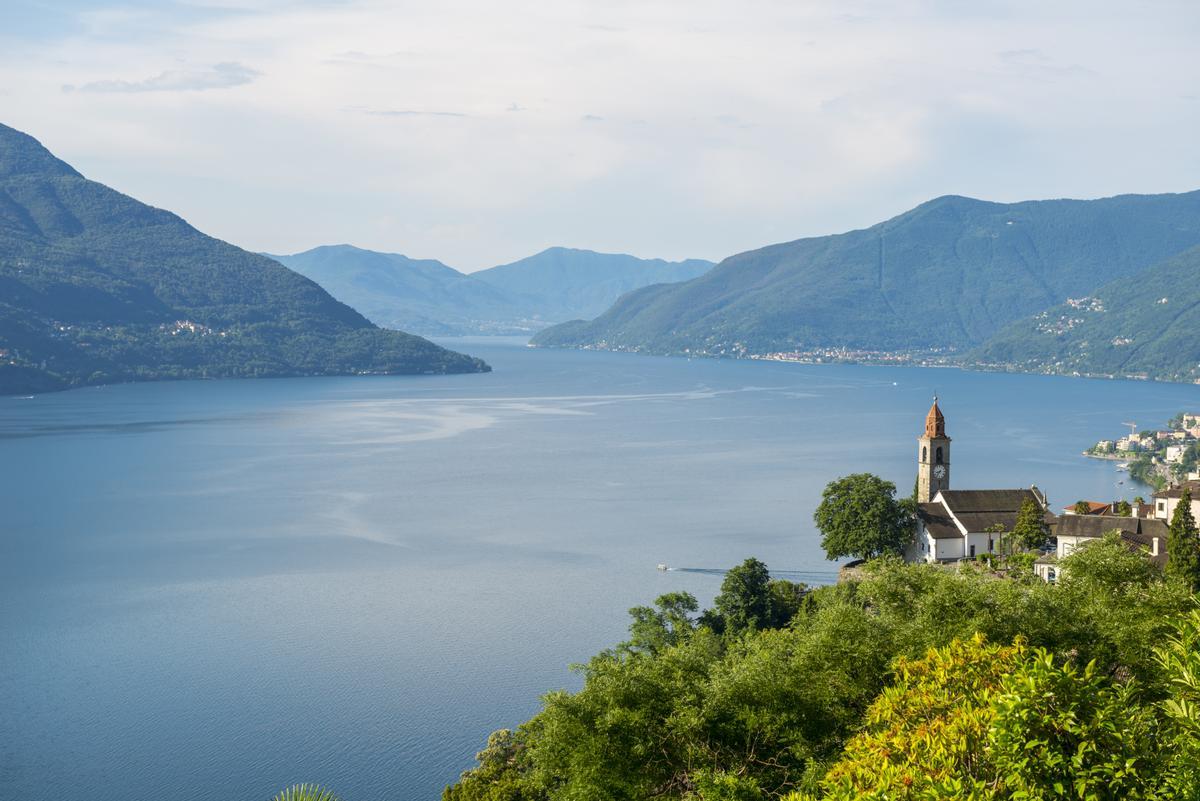
Lake Garda, Italy / Freepik
How to get there by train: The largest of Italy's lakes is accessible by a Nightjet service that can be taken from Vienna, Munich, Salzburg and Leoben to Klagenfurtto Peschiera del Garda and Desenzano del Garda, towns on the southern edge of the lake. Sleepers from Munich cost from €58 and take just over 10 hours.
Where to stay: Opening on July 8, the Cape of Senses hotel has the potential to raise the bar for luxury on this lesser-visited lake. The hotel's name refers to the property's wellness focus; an expansive spa and pair of market-driven restaurants provide a wide array of sensory experiences. The 55 neutral-toned suites, by contrast, are entirely soothing, with plunge pools and day beds on terraces from which you can gaze at the lake or take in the vast, starry sky.
Nice, France
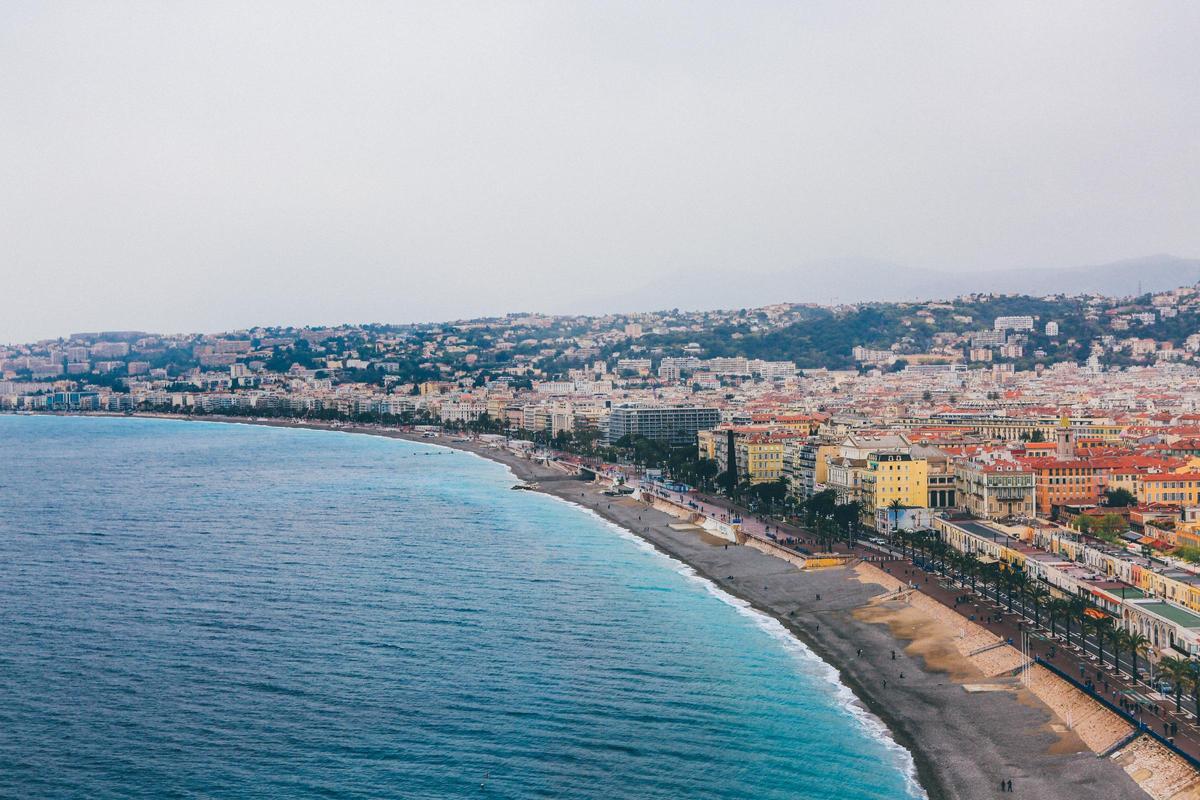
Nice, France / Freepik
How to get there by train: French operator SNCF runs an overnight train from Paris to Nice, the favored French Riviera destination for artists. Those with a couchette ticket receive a small toiletries bag, as on an airline, and a bottle of water. At 12 ½ hours, this journey comes on the longer side of sleeper services; a high-speed day train can get you to Nice in under six hours, with private couchettes from €40.
Where to stay: The small Hotel La Pérouse has been welcoming guests since 1936. It's in a unique location—built into the rock face of the bay—giving it perfect sea views. Despite being an historic hotel, it was renovated just this year, with particular focus paid to its restaurant, Le Patio & Terrasse. The venue, flanked by century-old lemon trees, is stunning.
Cornwall, England

Cornwall, England / Freepik
How to get there by train: Great Western Railways's Night Riviera Sleeper runs from London Paddington to another artist favorite, Cornwall. If you book a cabin, breakfast will be included, and you are entitled to use the first-class lounges at the stations before boarding. Prices range from £25.50 to £135, depending on which ticket you book and when you buy. It's one of the shorter sleeper trains, taking from eight to nine hours.
Where to stay: The Carbis Bay Estate, set in 125 acres of seaside grounds, hosted world leaders at the G7 forum in 2021 among a mix of hotel rooms, beach lodges and cottages. It has an impressive spa with an outdoor pool and a selection of restaurants, all within easy access of the train station.
Cinque Terre, Italy
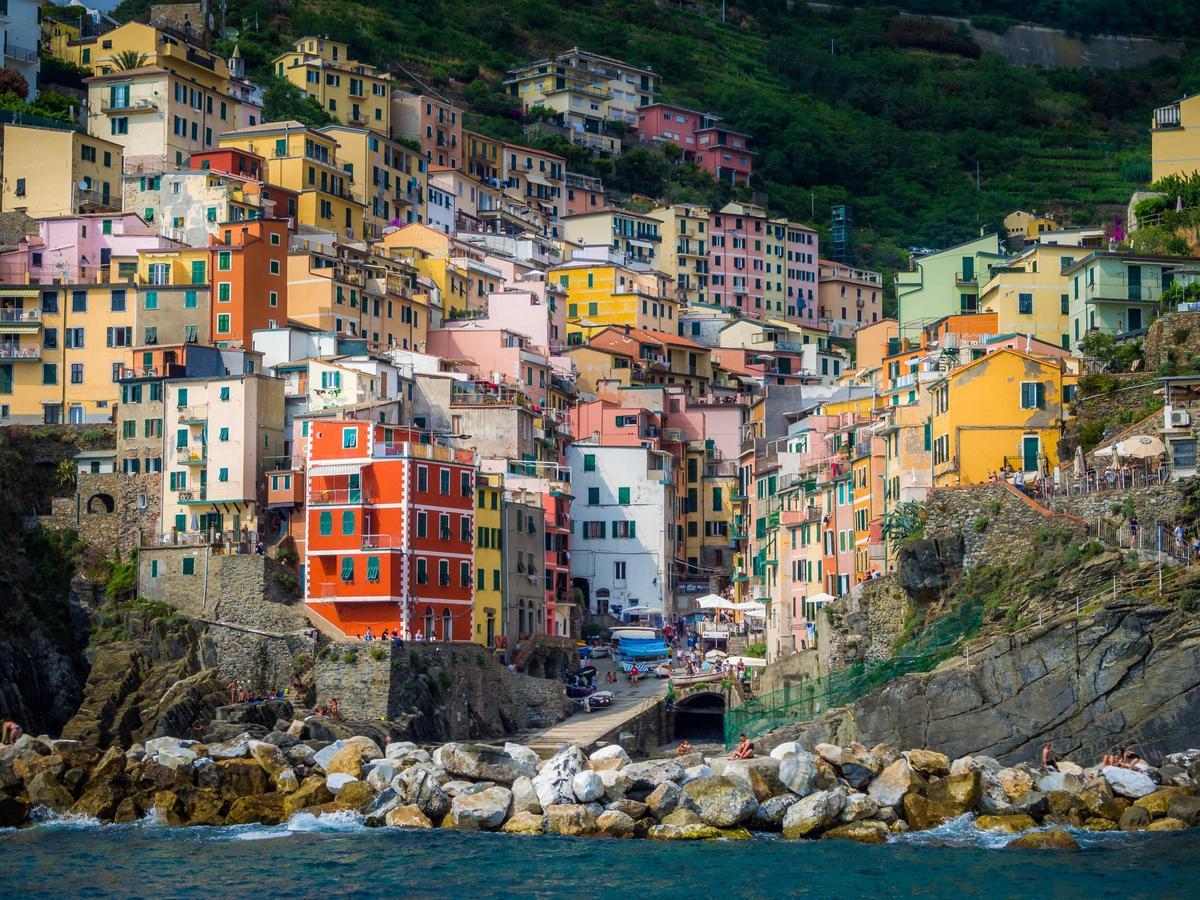
Cinque Terre, Italy / Freepik
How to get there by train: Nightjet services run to La Spezia, taking 15 hours from Munich—plenty of time both to sleep and watch the scenery. From there, it's a mere 10-minute connection to any of the five cliffside towns that make up Cinque Terre: Riomaggiore, Manarola, Corniglia, Vernazza and Monterosso al Mare. Sleeper compartment tickets, from €77, depart from Munich and Salzburg.
Where to stay: You could stay at La Toretta, a colorful boutique hotel built into an ancient tower in Manarola, with terraces overlooking the sea. Its best room is a whole lodge that comes complete with a private garden, butler and a selection of Italian wine.
Edinburgh
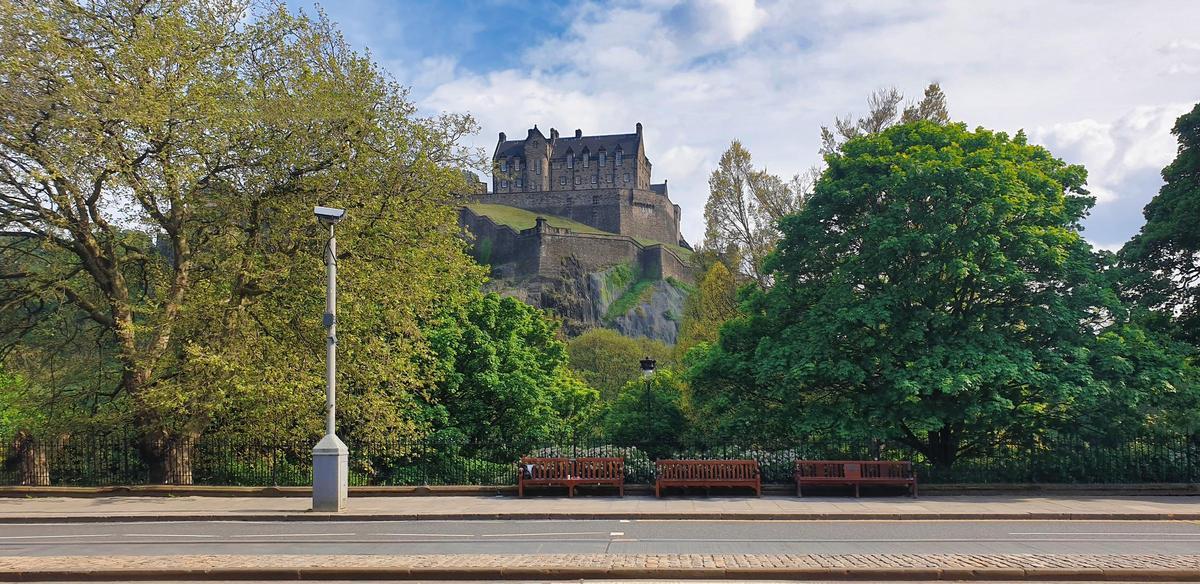
Edinburgh Castle, Scotland / Freepik
How to get there by train: The Caledonian Sleeper offers the full Scottish experience, with staff in tweed jackets and tartan ties and a menu offering traditional fare including haggis, Tunnock's wafers and whisky. It has three different grade sleeper compartments: the classic, club en-suite or Caledonian double en-suite. The double offers the most comfort, with one large bed and no bunks. From £175 per room.
Where to stay: Gleneagles Townhouse is the new city offering from the famous Gleneagles Hotel and golf courses in Perthshire. Although it has less space to sprawl than its 850-acre countryside sister hotel, it packs just as much of a luxury vibe. The 33 rooms are properly regal, with freestanding baths and tasseled drapery galore; the ornate moldings and arched windows in the main restaurant are a visual feast straight out of the gilded era.
Vienna
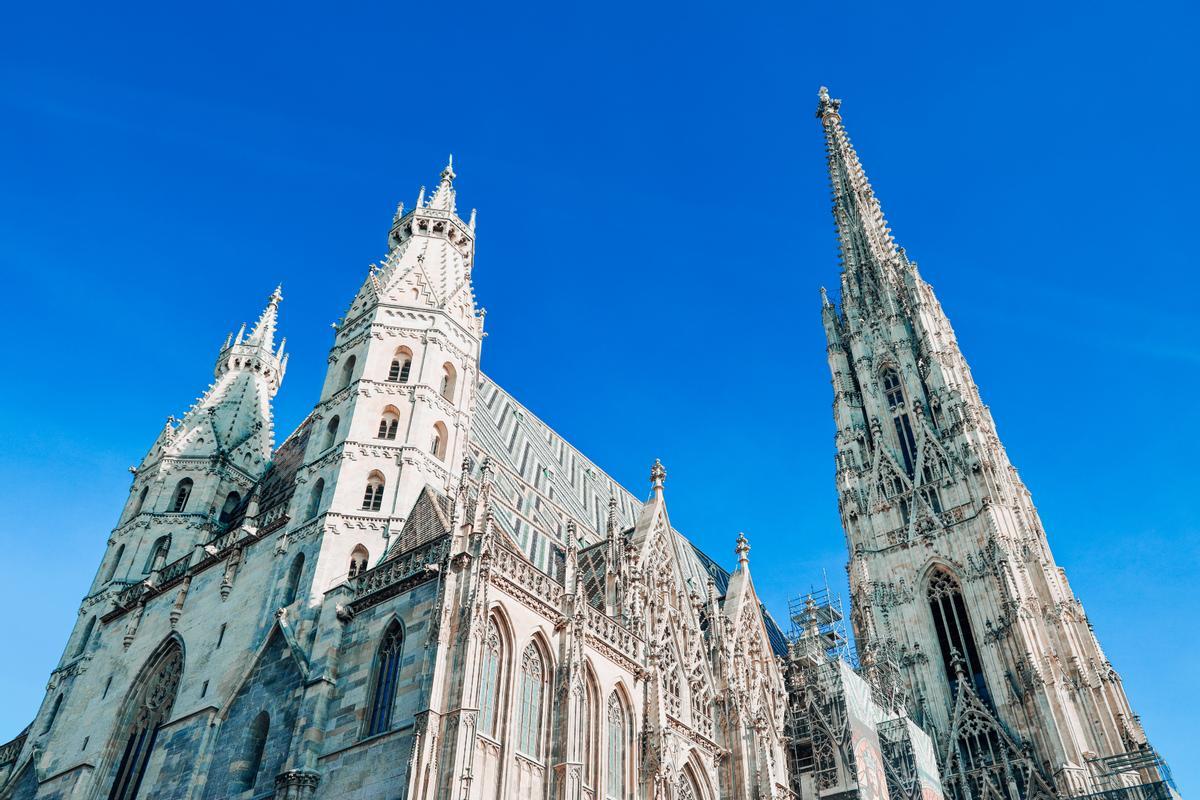
St. Stephan Cathedral, Vienna / Freepik
How to get there by train: The Venice Simplon-Orient-Express is the last word in sleeper trains. It uses original, restored 1920s carriages that have been sumptuously fitted, with several restaurants cars to choose among. The most expensive sleeper carriages are like luxury hotel suites on wheels, complete with complimentary Champagne and marble bathrooms. Be warned: This is not the most economical way to travel; you could make the same journey on the Nightjet for a fraction of the cost. This particular luxe route has various stops from Paris to Vienna, from £3,785 per passenger.
Where to stay: The long-awaited Almanac Palais has finally opened 111 rooms and an Alpine-themed restaurant on the Ringstrasse, Vienna's grand boulevard. Its bilevel spa has a pool fed by thermal waters; everywhere else the look is high gloss and high drama, with dark woods, metallic accents and oversized art. It's a sibling to the Almanac in Barcelona, which has both exquisite design and exceptional service.
- Els metges demanen eliminar-lo dels sopars: té fama de saludable, però no ho és
- El truc de la fregona que fa embogir a tothom: les juntes queden impecables
- Així captava a noies el lama detingut per donar mercuri als seus fidels: "La relació sexual serà un instrument de més consciència
- Gairebé 18.000 persones es presenten a les oposicions per a cobrir 9.344 places docents a Catalunya
- «Després d’un any amb fàrmacs antiobesitat es torna al mateix pes»
- Quin temps farà aquest dissabte a Girona?
- Necrològiques , Noticies de Necrològiques - Diari de Girona
- Tanca la residència Bellamar de Platja d’Aro